(Philip Astley)"Ladies and Gentlemen, I hope you are enjoying the show so far. For your entertainment let me introduce to you a selection of the finest acts that circus can offer. As you know it was I, Philip Astley, who inspired the craze for trick-riding at the circus. But did you know that I also brought other acts to my circus – clowning, wire acts and tumbling. After my death Astley’s Amphitheatre will continue to lead the way with exciting new acts. It has brought menageries into the circus ring and presented the dare devil animal acts of Mr Isaac Van Amburgh, the first man to put his head in a Lion’s mouth..."
The etymology of the word 'circus' is an ancient & fascinating one... First attested in the English language during the 14th century AD, the word 'circus' is a derrivitive of the Latin Romanisation of the Ancient Greek 'κίρκος' pronounced 'kirkos', itself being a metathesis of 'Homeric Greek'. Literally meaning a 'circle' or a 'ring'.
Original origins of the first staging & appearance of 'the circus' was claimed by the Early Christian writer Tertullian, was by the ancient Greek goddess Circe, a well-known 'witch', in due-honour of her father, the Sun god himself- Helios. Many Roman games later were known to all have been dedicated to the Sun god, so this accords well with Tertullian's claims.
The modern concept of the circus, is that of a "circular arena surrounded by tiers of seats, for the exhibition of equestrian, acrobatic and other performances". This seems to have existed circa the middle-late 18th century, traced to that held by Philip Astley. The first documented performance of his/the circus in London was said to have been held on January 9th, 1768. In a ring of 13 m (42 ft) in diameter, the horse-riders of the circus at the time, could stand upright in cantering-motion on the horse & perform a series of acrobatic maneuvers. This allowed the rider to not only retain their excellent balance & poise, but do a full circle around the areana so that all could witness this daring stunt from all angles...
It was the advent of the mid 19th century that saw the rise in popularity of the circus. Hundreds of rivalling family circus' would tour around & take place in Britain. A plethora of stunt & acrobat-based acts began to take form later in the century, including the infamous & genius 'Aquatic Circus', where the entire ring was flooded with water! Incredible! Such was the popularity of circuses that a majority of 19th century theatres began to take-on circus-esque acts. Here the traditional jugglers & trapeze acts would take to the stage & perform to the eagar & critical audiences of the Victorian era- those who were waiting to be shocked & impressed. The Alhambra & the Drury Lane theatre were most commonly known for presenting these acts & they even housed a circus ring to present Astley's famous equestrian act.
Barnum and Bailey's Circus, 1898 http://www.vam.ac.uk/content/articles/v/victorian-circus/
The fact that the circuses & the fair-ground entertainers travelled to their audiences, meant that this would undeniably make them very popular. The industrial Revolution of the 19th century & therefore the development of the railway system, meant that circuses could travel even further & by the late 1870s, many had set their sights on Europe and America; travelling with sometimes three entire train-loads of equipment & acts!
Mr Sands the 'Air Walker', Drury Lane Theatre, London, 1853
http://www.vam.ac.uk/content/articles/v/victorian-circus/
http://www.vam.ac.uk/content/articles/v/victorian-circus/
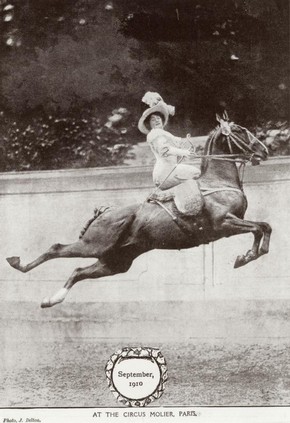
Circus Molier equestrienne, 'Trick-Riding'- fully corseted & still riding side-saddle in September 1910. An incredible feat, especially as the fashion constrictions & morals of the time meant that in this full garb, she had to remain elegant and graceful, while keeping control of her horse!!
http://www.vam.ac.uk/content/articles/v/victorian-circus/
http://www.vam.ac.uk/content/articles/v/victorian-circus/
Barnum’s came to London’s Olympia in late 1889. They were said to have travelled with an amass of over '450 performers, 300 horses, 21 elephants, 32 cages and 35 parade and baggage wagons.' Unfortunately, due to the large number of people & animals, public health & safety laws prevented the London authorities from allowing them on the streets. This later changed...
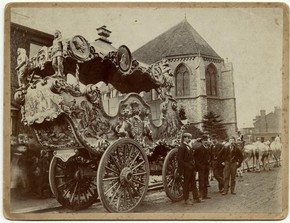
‘Lord’ George Sanger, the most successful circus entrepreneur of the 19th century & the famous 'Sanger's Circus Carriage' pictured here in the late 19th century.
The travelling menageries, that later becam apart of the circus, existed as early as Ancient Egypt and Greece. Tigers, lions, leopards & cheetahs were collected & displayed in zoo-like form to the awe-inspired audiences of the ancient times. But it wasn't until the 12th century, when Henry III was to establish the first-know 'Royal Menagerie' at the Tower of London, that England could see. such wondering & mesmerising sights of animals that they had never seen before... Since then & before the official establishment of the zoo, wild animals could only be witnessed at the 17th-century fairs and on the Strand in London.
Surpisingly, 'ballooning' became another wonder of the later circuses. The 'ringmaster' would assend onto the the surrounding field area of the circus, captivating all who were there...
Side shows & freak shows became apart of the common circus around the middle 19th century. They would usually consist of ‘human oddities’ such as Siamese twins, dwarfs (then known as midgets), giants, bearded ladies, even people without arms or legs! Then came the able-bodied 'freaks' who were known for their freakish acts, rather than body diformities, such as snake charmers & women who would put their heads into the mothes of crocodiles Side shows would later include specific ethnic groups who were previously unseen to the English eye. Although considered highly offensive, racist & exploitative today, in the late 19th century, they were considered as the most popular form of entertainment & were certainly all the rage fro rich & poor alike.
Exotic & unusual animals were to follow the growing popularity of the circus & would remain that way until recent times. Famous acts such as ' The Horse Who Could Count' & the 'Learned Pigs', who had been said to be able to both read and write, took the entertaining world by storm! Although such acts & exploitation is frowned upon in today's just age, it was unimaginable for any respectable circus of the time not to include such acts.

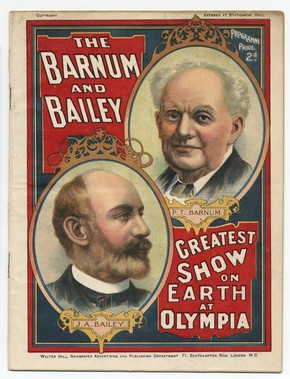
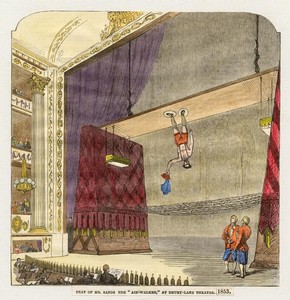
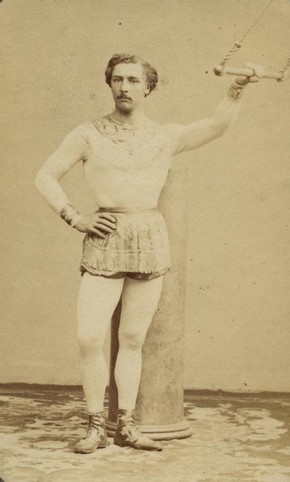
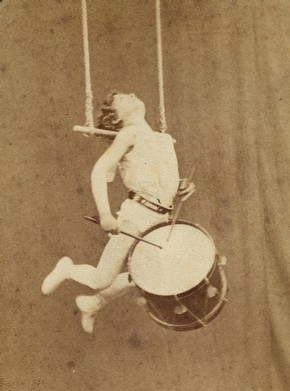
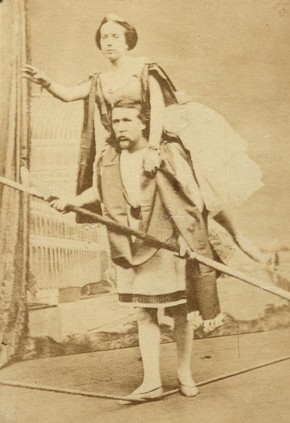
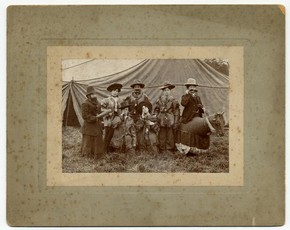


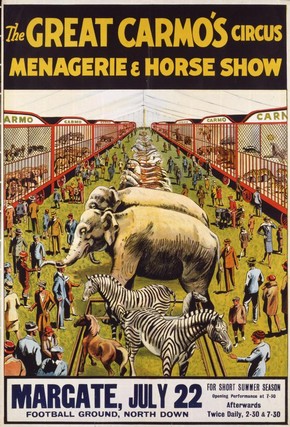
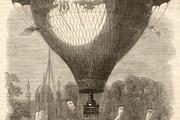
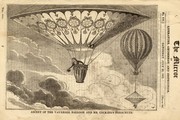
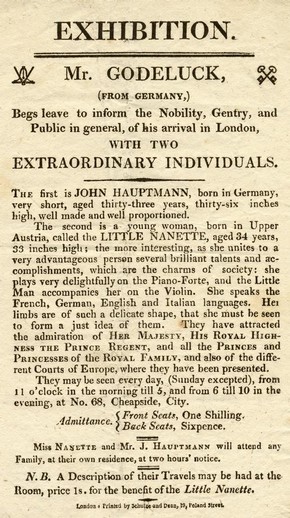
No comments:
Post a Comment